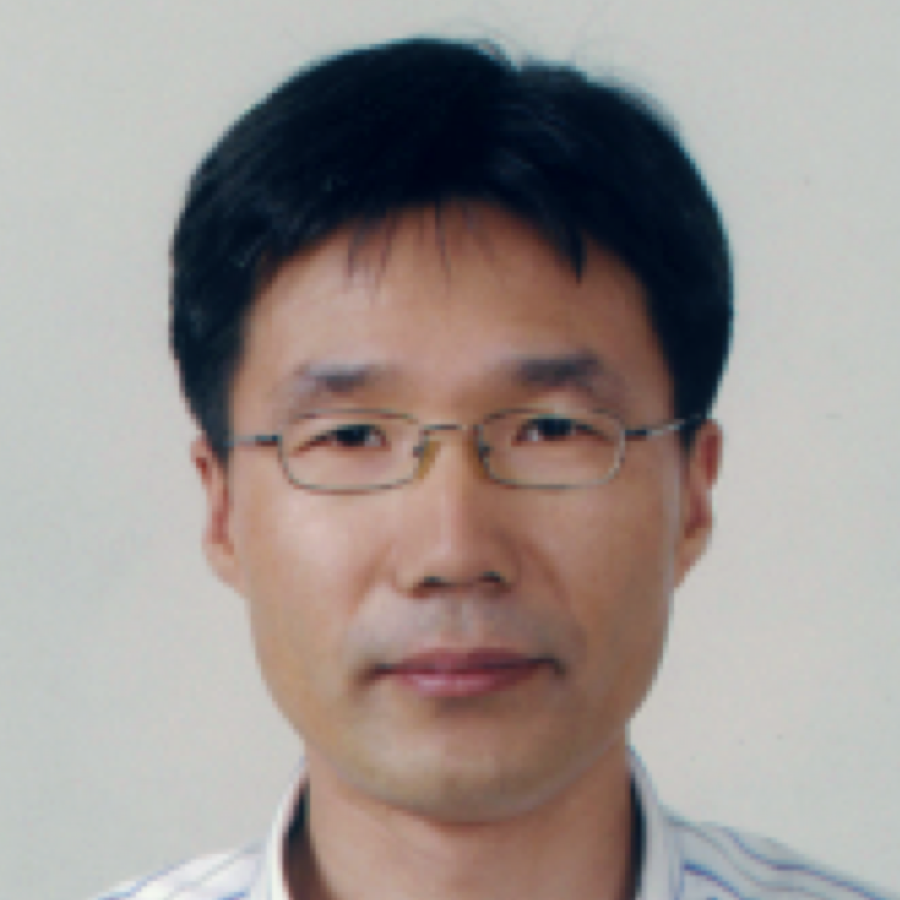
- Ph. D.
- Woongghi Shin
- Protist Diversity
- N11-403
- Laboratory of Protist Diversity (N11-404)
- +82-42-821-7590
- shinw@cnu.ac.kr
Academic Career
- Ph. D., 2000, Chungnam National University, Korea
Career
- Post-Doc., 2000.9-2001.7, Cell Biology and Neurosciences, Rutgers Univ., USA, 2001.8-2004.1, Plant Biology, Michigan State Univ. USA
Research Interests
-
My research concentrates on biodiversity and evolutionary history of photosynthetic protists based on ultrastructure and molecular data
-
Ultrastructure
Protist is a large and diverse group of eukaryotic organisms, which belong to the kingdom Protista. Some of them are obviously phototrophs, while others are either osmotrophs, mixotrophs or phagotrophs. Aim of my study is to clarify evolutionary trend of selected ultrastructural features which are 1) basal body complex, 2) feeding apparatus, and 3) microtubular cytoskeleton.
-
Molecular phylogeny
Recent advances in systematics, particularly the use of molecular data analyzed with objective methods, have made it practical to reconstruct the history or evolution of protists. Information on how photosynthetic protists are related to each other can be used to infer how protists evolved. I have sequenced many genes (especially, nuclear- and plastid-encoded), which are given us a lot of information regarding phylogeny of photosynthetic protists. Now my lab is trying to understand phylogenetic relationships among taxa and evolution of protists.
Selected Publication
- Nam, S.W., Park, J.W., Yih, W., Park, M.G.,Shin, W. 2016. Dynamics of the cryptophyte nuclei during starvation of Mesodinium cf. rubrum. Harmful Algae 59: 19-30.
- Jo, B.Y., Kim, J.I., Skaloud, P., Siver, P., Shin, W. 2016. Multigene phylogeny of Synura (Synurophyceae) and description of four new species based on morphological and DNA evidence. Eur. J. Phycol. 51:413-430.
- Kim, J.I., Linton, E.W., Shin, W. 2015. Taxon-rich multigene phylogeny of the photosynthetic euglenoids (Euglenophyceae). Front. Ecol. Evol. 3:98. doi: 10.3389/fevo.2015.00098.
- Siver, P.A., Jo, B.Y., Kim, J.I., Shin, W., Lott, A.M., Wolfe, A. 2015. Assessing the evolutionary history of the class Synurophyceae (heterokonta) using molecular, morphometric, and paleobiological approaches. Am. J. Bot. 102:921-941.
- Kim, J.I., Yoon, H.S., Yi, G., Kim, H.S., Yih, W., Shin, W. 2015. The plastid genome of the cryptomonad Teleaulax amphioxeia. PLos ONE10(6): e0129284.
- Kim, J. I., Shin, W. 2014. Molecular phylogeny of the genus Phacus (Phacaceae, Euglenophyceae) and the descriptions of seven new species. J. Phycol. 50: 948-959.
- Kottuparambil, S., Kim, Y.-J., Choi, H., Kim, M.-S., Park, A., Park, J., Shin, W., Han, T. 2014. A rapid phenol toxicity test based on photosynthesis and movement of the freshwater flagellate, Euglena agilis Carter. Aquatic Toxicol. 155: 9-14.
- Kim, J.I., Shin, W., Triemer, R.E. 2013. Phylogenetic reappraisal of the genus Monomorphina (Euglenophyceae) based on molecular and morphological data. J. Phycol. 49:82-91.
- Kim, J. I., Shin, W., Triemer, R. E. 2013. Cryptic speciation in the genus Cryptoglena (Euglenaceae) revealed by nuclear and plastid SSU and LSU rRNA gene. J. Phycol. 49:92-102.
- Jeong, H.J., Yoo, Y.D., Kang, N.S., Lim, A.S., Seong, K.A., Lee, S.Y., Lee, M.J., Lee, K.H., Kim, H.S., Shin, W., Nam, S.W., Yih, W., Lee, K. 2012. Heterotrophic feeding as a newly identified survival strategy of the dinoflagellate Symbiodinium. PNAS. 109:12604-12609.



